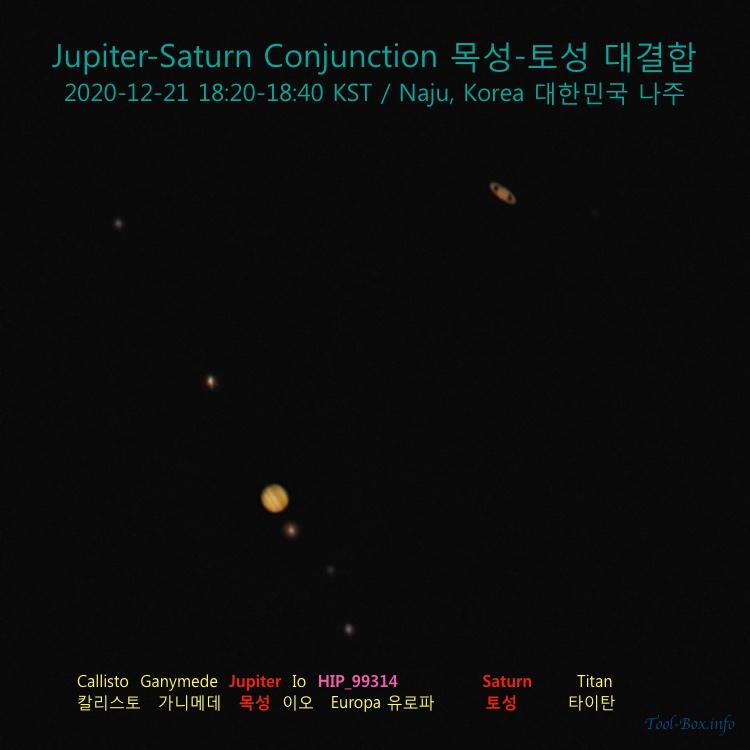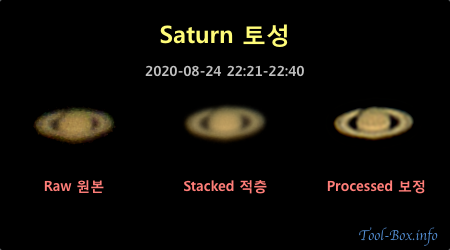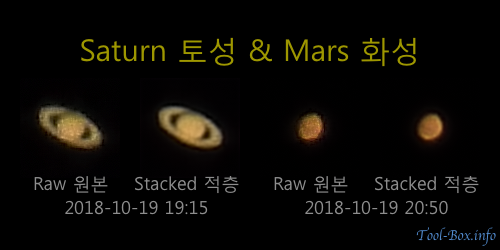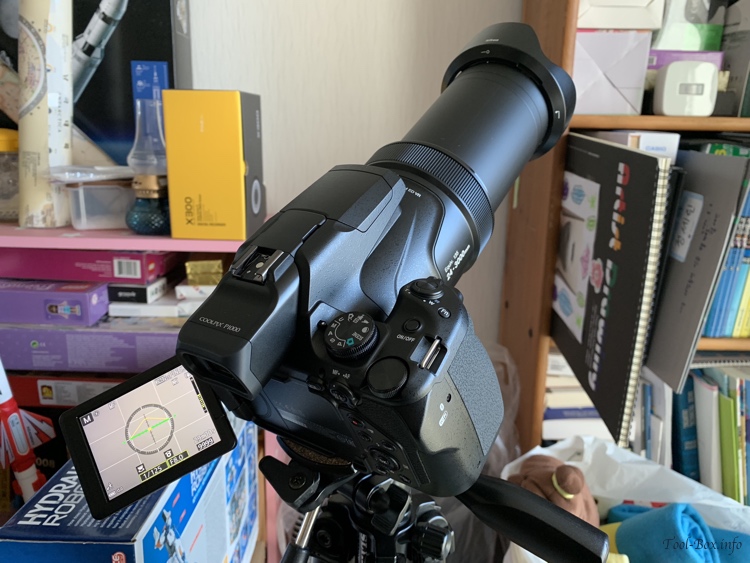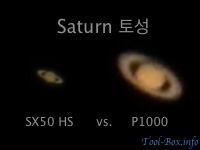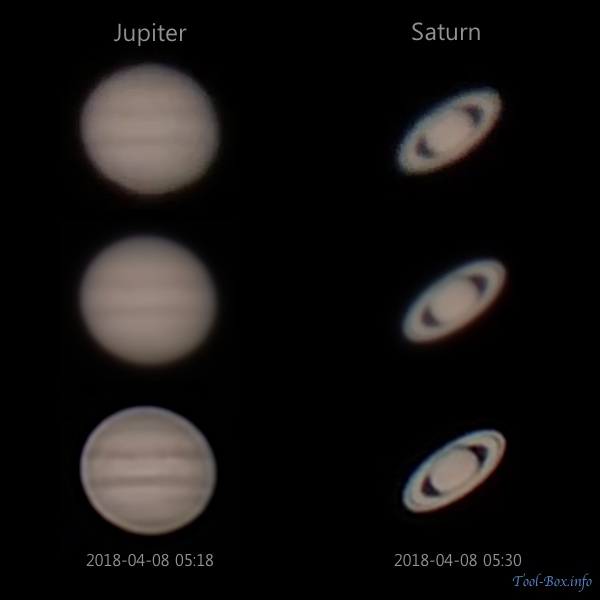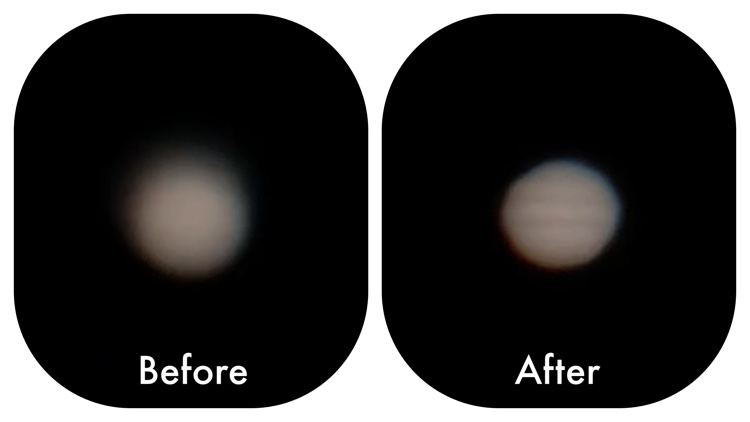Jupiter-Saturn Conjunction of 2020
Posted by Wesley onJupiter and Saturn appeared closest to each other in nearly 400 years on the Winter Solstice of 2020. For this Great Conjunction, the two planets were only about 6 arc seconds apart, which meant that I was easily able to take a photo of both in a single frame as you can see here. Some had expected that they might appear as a single dot, but it turned out that Saturn was discernible as a fainter "bump" on the top right side of Jupiter to the naked eyes.
To show the planets and the satellites together, I used varied exposures and then combined the results into a single photo. Titan was the dimmest that I could photograph, and it appears very faintly to the right of Saturn. Interestingly, a star named HIP 99314 was also caught in action between Io and Europa, which means that this conjunction was actually a triple affair.
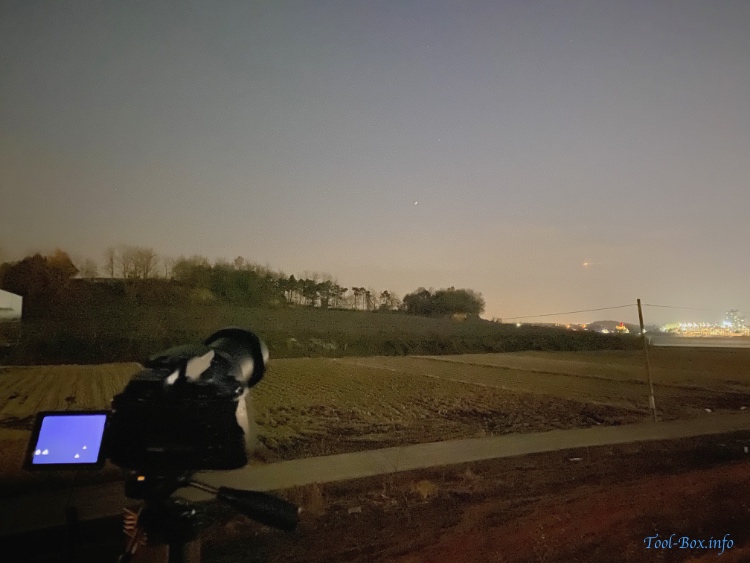
By the way, I was worried that I wouldn't be able to see the phenomenon in person because it was pretty cloudy throughout the day. Luckily, most of them went away as the Sun set and I was able to take the photos for about an hour until the low-hanging clouds started to block the view. The next closest conjunction happens 60 years later and I'm not sure if I'd be around to see that, so I was glad that the weather decided to cooperate in the last minute.
Device: Nikon P1000
Settings: 3000mm - f/8
- Jupiter: 24 photos, ISO 200, 1/30s
- Saturn: 13 photos, ISO 400, 1/30s
- Satellites: 17 photos, ISO 800, 1/5s
Filters: None
Time: 2020-12-21 18:20-18:40 KST
Location: Naju, Korea
Photos processed with PIPP 2.5.9, RegiStax 6.1.0.8 and Pixelmator Pro 2.0
